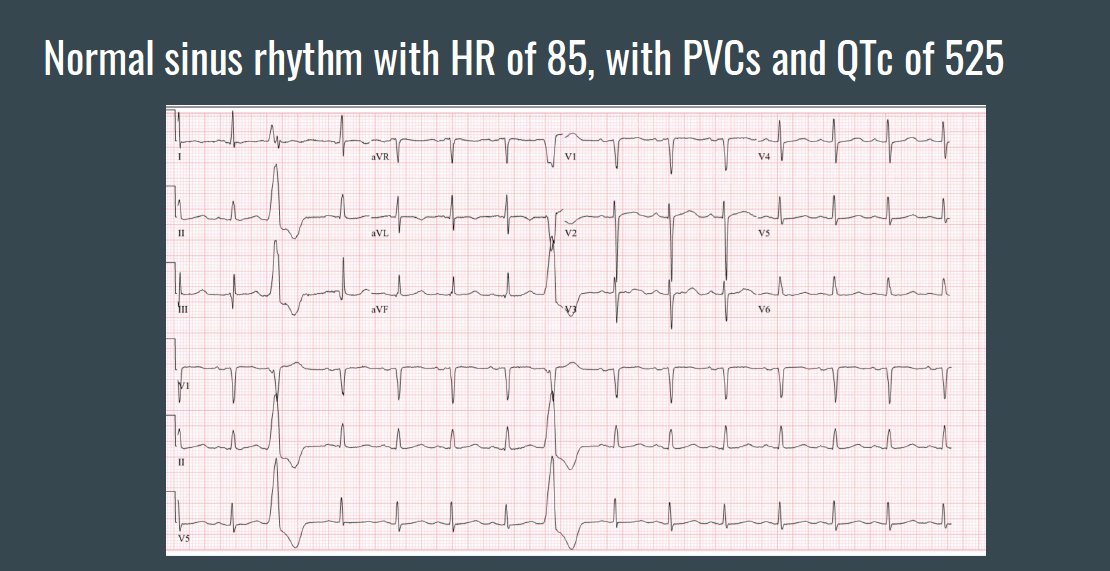1/10 #Morningreport recently
@SinaiBmoreIMRes by S. Sridhar recently featured a pt with a 3 week history of generalized pruritic rash
#DDx ?
#MedTwitter #MedStudentTwitter #FOAMed
@SinaiBmoreIMRes by S. Sridhar recently featured a pt with a 3 week history of generalized pruritic rash
#DDx ?
#MedTwitter #MedStudentTwitter #FOAMed

2/10 The rash was insidious in onset, initially involving extremities and progressed to involve rest of the body, sparing face, palms, and soles.
Reports ~40 lb unintentional weight loss in previous 4-5 months.
Ddx for this rash would be :
emedicalhub.com/maculopapular-…
Reports ~40 lb unintentional weight loss in previous 4-5 months.
Ddx for this rash would be :
emedicalhub.com/maculopapular-…

3/10
Vital Signs: T-36.2, HR-92, RR-16, BP-109/75
Physical Exam:
Diffuse, erythematous, macular rash involving majority of bilateral upper and lower extremities, anterior and posterior trunk and abdomen.
Left occipital LN 1cm +. Rest of the examination was normal
Vital Signs: T-36.2, HR-92, RR-16, BP-109/75
Physical Exam:
Diffuse, erythematous, macular rash involving majority of bilateral upper and lower extremities, anterior and posterior trunk and abdomen.
Left occipital LN 1cm +. Rest of the examination was normal
6/10
Dermatology ➡️ onset of symptoms was within a few days of initiation of allopurinol, 🚫 facial edema, DRESS was considered unlikely.
Reaction thought to be a simple drug reaction/Morbilliform rash.
Prednisone 40 mg Qday started X 5 days and resolution was achieved.
Dermatology ➡️ onset of symptoms was within a few days of initiation of allopurinol, 🚫 facial edema, DRESS was considered unlikely.
Reaction thought to be a simple drug reaction/Morbilliform rash.
Prednisone 40 mg Qday started X 5 days and resolution was achieved.
7/10
Morbilliform drug eruption is the most common form of drug eruption. Many drugs can trigger this allergic reaction, but antibiotics are the most common group. The eruption may resemble exanthems caused by viral and bacterial infections.
Morbilliform drug eruption is the most common form of drug eruption. Many drugs can trigger this allergic reaction, but antibiotics are the most common group. The eruption may resemble exanthems caused by viral and bacterial infections.

• • •
Missing some Tweet in this thread? You can try to
force a refresh






















